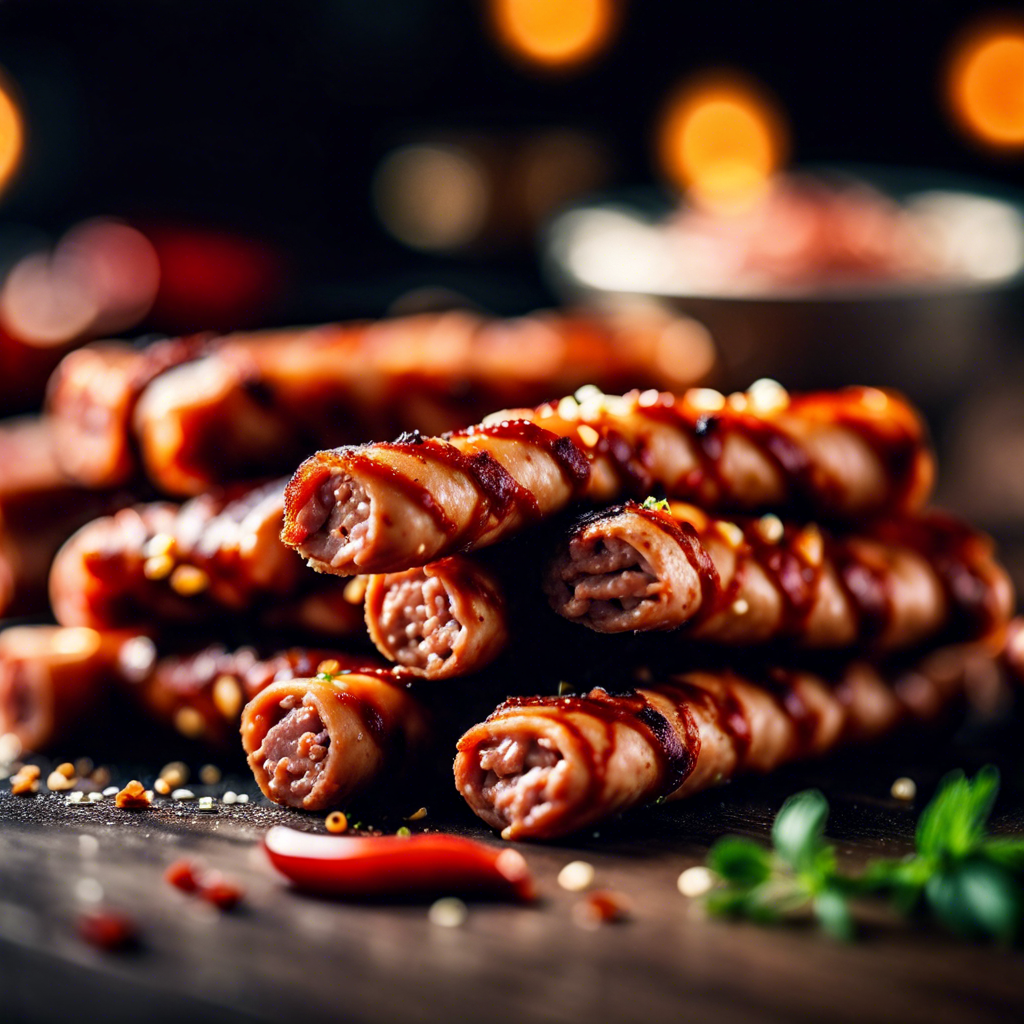
Dive into Delight: Exploring the Culinary Delights of Bass
Bass, a prized catch among anglers and a culinary favorite across the globe, offers a delightful combination of delicate flavor and firm texture. Whether you’re a seasoned angler reeling in your own catch or a seafood enthusiast browsing the local market, understanding the feeding habits and preferred prey of bass can significantly enhance your appreciation for this remarkable fish.
Nature’s Predators: A Glimpse into the Bass’s Diet
Bass are opportunistic carnivores, meaning they’ve evolved to thrive on a diverse diet primarily consisting of smaller aquatic creatures. Their feeding habits are dictated by a combination of factors, including prey availability, water temperature, and the time of year. Let’s delve into the delectable menu that keeps these underwater predators fueled and thriving:
1. Finned Feasts: Fish
As true carnivores, fish form a substantial portion of a bass’s diet. They are known to chase down and devour smaller fish species such as:
- Shad: These silvery fish are a favorite target, particularly during their spawning runs when they gather in large schools.
- Minnows: These small, slender fish are a staple food source for bass, especially young and juvenile bass.
- Bluegill: These colorful panfish are another common prey item, often found in the same habitats as bass.
2. Crustacean Cravings: Crawfish, Crayfish, and More
Bass have a particular fondness for crustaceans, relishing the opportunity to crack open their shells and feast on the tender meat within. Some of their crustacean favorites include:
- Crawfish/Crayfish: These freshwater crustaceans are a protein-rich delicacy for bass, especially during the warmer months.
- Shrimp: While more commonly associated with saltwater environments, some species of shrimp inhabit freshwater ecosystems and become a tasty treat for opportunistic bass.
3. Slithering Snacks: Insects, Worms, and Other Invertebrates
Bass aren’t afraid to diversify their palate, often supplementing their diet with various invertebrates found in their aquatic environment. These can include:
- Insects: From fallen terrestrial insects to aquatic larvae, bass readily consume a variety of insects that venture into or live in the water.
- Worms: Nightcrawlers, red wigglers, and other worms that find their way into the water are quickly snatched up by hungry bass.
- Leeches: While not the most appetizing prey for humans, leeches are a readily available food source for bass, providing essential nutrients.
From Water to Plate: Appreciating Bass in Culinary Delights
Understanding the diverse diet of bass adds another layer of appreciation for this remarkable fish. Their feeding habits contribute to their clean, delicate flavor and firm texture, making them a versatile ingredient in various culinary traditions. Whether grilled, baked, or pan-fried, bass dishes offer a healthy and flavorful dining experience that reflects the intricate balance of their aquatic ecosystem.





